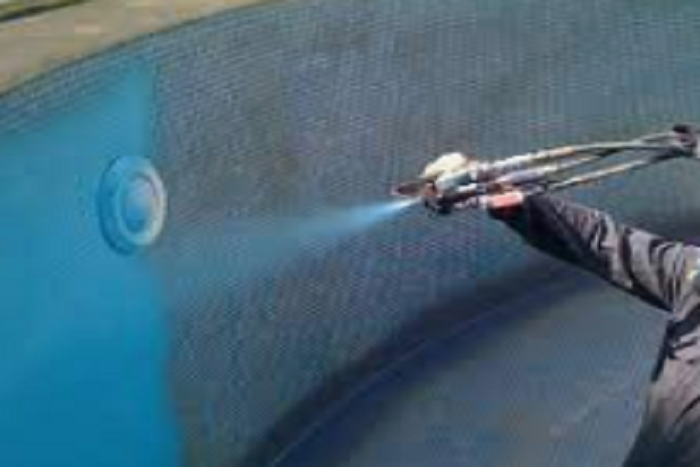Update:Different drying methods have obvious differences in the drying speed and film formation quality of water-based coatings...
Different drying methods have obvious differences in the drying speed and film formation quality of
water-based coatings. The following is an overview of various drying methods for water-based coatings.
1. Natural drying
Natural drying has the advantages of simple method and wide application, but at the same time it has the disadvantage of slow drying speed. Under natural conditions, the temperature, humidity and wind speed are constantly changing, and the drying speed and film quality are unstable. In the case of high temperature, high humidity or relatively high humidity, the coating is prone to whitish and the drying speed is slow. At low temperatures, the drying speed is very slow; especially at 5°C, water-based coatings are difficult to form a film. These are the important reasons restricting the popularization and application of water-based coatings.
2. Hot air drying
Hot air drying is a heating and drying method in which the principle of convection is adopted, and hot air with a temperature of 40-60 ° C is used as a heat carrier to transfer heat energy to the coating on the surface of the workpiece, and the coating absorbs energy and then solidifies into a film. Electricity or steam is often used as a heat source, the air is heated first, and the heat is transferred from the hot air to the surface of the coating by convection, so that the coating is quickly dried. The use of hot air drying process can significantly speed up the drying speed of the coating, and has the characteristics of strong adaptability, which is a widely used drying form.
3. Microwave drying
Microwave refers to electromagnetic waves with a wavelength of 1mm-1m and a frequency of 300MHz-300GHz with penetrating properties. The commonly used microwave frequency is 915-2450MHz. Microwave heating uses the principle of dielectric loss, and the dielectric constant of water is much larger than that of dry matter, and most of the energy released by the electromagnetic field is absorbed by the moisture in the paint.

